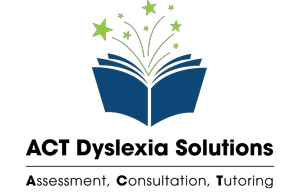FAQs
Signs for Dyslexia
Signs for Dyslexia
Dyslexia is a language-based learning disability that affects an individual’s ability to read accurately and fluently
Preschool-age children:
- Difficulty rhyming words
- Difficulty learning and remembering the names of letters
- Trouble correctly articulating words, sometimes reversing sounds in words
- Struggling with learning basic nursery rhymes
- Difficulty in learning and identifying new words
- Trouble with speech and language, often not speaking as quickly or as fully as other children their age
- Trouble following multi-step instructions
- Difficulty in understanding the concept of reading and writing
Elementary school-age children:
- Difficulty learning to read despite normal or above-average intelligence
- Difficulty with spelling, often spelling words phonetically (e.g., “nait” for “night”)
- Struggling with reading at grade level
- Trouble recognizing common sight words
- Difficulty understanding the sequence of events in a story
- Difficulty learning a foreign language
- Problems with handwriting, such as slow, non-fluent writing or poor pencil grip
- Difficulty in remembering facts and numbers
High school-age students and adults:
- Continues to spell incorrectly, frequently makes spelling errors
- Avoids reading out loud
- Struggles with reading comprehension
- Difficulty summarizing a story
- Often misreads information, leading to misunderstanding and errors
- Slow reading rate and low fluency compared to peers
- Difficulty with time management, organization, and planning
- Struggles with learning a foreign language
- Avoids tasks that require reading and writing
It’s important to note that the presence of one or two of these signs doesn’t necessarily mean an individual has dyslexia. Dyslexia is usually identified through a comprehensive evaluation. If you or your child is exhibiting several of these symptoms, consider scheduling a free 15 minute consultation with one of our literacy experts.

